Finding a parking space in Fengshan Town (鳳山) took a significant amount of time. Originally, we planned to visit two places and then drive to others, but in the end, we decided to walk to every place on my list. We visited three forts, an old city gate, and Fongyi Academy. The walk through town covered a few kilometers and took us about four hours. The entrance fee for Fongyi Academy is 66 NTD, except for Kaohsiung citizens. We chose not to enter and only took a picture from outside.
The moat surrounding Fengshan Town can still be seen in numerous places today. Compared to other old towns I've visited, the moat is remarkably well-preserved. However, only a few ancient buildings of Fengshan remain standing.
History of Fengshan Town
In addition to several cities established by the Dutch, Fengshan County's old city is Taiwan's first Chinese-style city and serves as the ancestor of Taiwan's cities. It is also the first stone city in Taiwan. In the city's second construction phase, an isolated mountain peak named Guishan was encompassed within the city, and clay sculptures were placed on the left and right sides of the north gate. The door gods represent a unique example in the county seat of Taiwan during the Qing Dynasty. Among the cities built in Taiwan during the Qing Dynasty, the old city of Fengshan County, apart from the ancient city of Hengchun, is the most well-preserved.
After the incident involving Lin Shuangwen, Fengshan County moved to Shantou Street (now Fengshan District) in 1788, where bamboo was planted to develop the city. Located in the old city of Zuoying, it was called Fengshan County New Town. Fengshan Town originally had six original city gates, six fortifications, earth walls, two bamboo walls, and a moat. After years of decay, only one of the Yuchengmen gates and three fortifications remain as remnants of Fengshan County, representing the town's historic site.
The town has four main gates: east, west, south, and north. However, Fengshan Town was built with an additional outer north gate and a small east gate. In 1804, Magistrate Wu Zhaolin advocated for the construction of six gates. In 1838, County Magistrate Cao Jinjian built a tower, six forts, and Cao Gongzhen. The forts in Fengshan Town are standalone forts, differing from the attached forts in Taipei City. The bamboo walls span a length of over 1300 and require more than 20,000 bamboo pieces. The city wall measures 2.56 meters (8 feet) in height and 0.64 meters (2 feet) in width. It has a circumference of 3.6 kilometers (1,120 feet), while the city moat extends for 36 meters in length and half a meter in width.
See also: Wushanding Mud Volcanoe
Gates of Fengshan Town
Great East Gate (大東門)
Great East Gate was located on Zhongshan Road and Sanmin Road and served as the gateway to Dongmenxi Wharf at Renhe Street. In the early years, Dongmen Creek provided access to the harbor. The gate was demolished during the Japanese occupation period. The inside banner titled "East Gate" was deposited in 1838 and is now preserved in the Forest of Steles outside the Caogong Temple.
Small East Gate (小東門 / 東便門)
Small East Gate is the only remaining city gate in Fengshan Town. The banner was deposited in 1839, and there are still remnants of the earth wall on the north side. The original form is unknown.
Outer North Gate (外北門)
The North Gate was situated on the north side of Zhongzheng Road and Xiehe Road. It provided access to Tainan Fucheng and Zuoying Old City, and Waibeimen Street was a hub of commercial activity. During the Qing Dynasty, the area around Fengshan County was the most prosperous region south of Fucheng. However, the gate was dismantled during the Japanese occupation period. The banner from this gate, which reads "The First Gate of the County," was deposited in 1837 and is now housed in the Kaohsiung Museum of History.
North Gate (北門)
The North Gate was located on the south side of Guangfu Road. It served as an important gateway between the bustling Waibeimen Street and He'an Street. Unfortunately, the gate was demolished during the Japanese occupation.
West Gate (西門)
The West Gate, also known as Simon Gate, was situated near the MRT Fengshan Station, along Guangyuan Road and Zhonghua Road. It served as a vital road leading to the port. Like many other gates, the West Gate was demolished during the Japanese occupation.
South Gate (南門)
The South Gate was located at the intersection of Wumen 1st Road and Nanmen Park, on the east side of Lixin Street. This gate provided access to the former town of Caotun, which held significant religious importance. Unfortunately, the South Gate was also demolished during the Japanese occupation.
See also: Qishan Old Street
Dongfu Bridge (東福橋)
The exact founding date of Dongfu Bridge is unknown. According to an inscription on the "Re-construction of Dongfu Bridge" in 1864, it was rebuilt by representatives including He Xueyu, Wang Yuanguan, Zheng Yuanhui, Ding Yucai, Chang Wuzhang, and Lu Dejia. According to Professor Li Ganlang's research, Dongfu Bridge is a four-hole, three-dun bridge that imitates the design of Chinese stone bridges. The bridge piers and bridges are made of granite stone. It is the only ancient bridge that still exists today.
Forts of Fengshan Town
Fengshan Town originally had six forts, each with a different form. These forts were strategically built according to the topography and hydrology of the area. They are independent of the city wall and mostly located at the corners of the city walls.
Yingneng Fort (迎恩砲台)
Yingneng Fort has been dismantled, and its banners were deposited in 1838. The banners are now located in the forest outside of Caogong Temple.
Southeast Fort (東南砲台)
Southeast Fort was dismantled and unearthed without a banner.
Northeast Fort (東北砲台)
Northeast Fort was dismantled and unearthed without a banner.
PingCheng Fort (平成砲台)
PingCheng Fort is located on Cao Road, behind Caogong Temple. It has a rectangular shape and is the most well-preserved fort. It is listed as a national third-level monument. The rear of the Pingcheng Fortress has a red brick ladder leading to the fort's platform. The front of the fort is embedded with granite. It was responsible for defending the entire northwest side of Fengshan County. The fort is surrounded by a moat, and its muzzle faces west. The turret has a square shape, and the outer wall made of ochre and lime is very strong.


Chenglan Fort (澄瀾砲台)
Chenglan Fort is located at the corner of Fuxing Street and Lizhi Street, near Fengshan Elementary School. It was once occupied by residents in 1999. The fort has an irregular octagonal shape and is composed of two layers of earth, black sugar juice, and clamshell ash. Outside the Chenglan Fort, there are about eight sets of short walls made of a mixture of pebbles and slabs. These are remnants of the city wall, but they have been destroyed and collapsed, with only a remaining 2-meter section visible.
XunFeng Fort (訓風砲台)
Xunfeng Fort is located in the 5th Lane of Zhongshan East Road, behind the Longshan Temple. It has a long curved circular shape. The stone wall facing the city is embedded with flower garden stones and decorated with clay sculptures on both sides, creating a soft and beautiful shape.


Other facilities of Fengshan Town
Fengshan County Department (鳳山縣署)
The Fengshan County Department was used by Fengshan Hall during the early days of the Japanese occupation. After the establishment of Kaohsiung Prefecture in 1920, part of the Fengshan County Department was used as school land (Fengshan Primary School, now Cao Gongguo Elementary School), while the other part was converted into Feng Mountain County Office. In 1945, with the abolition of Kaohsiung State, the county town was renamed Fengshan Town of Kaohsiung County, and the Fengshan County Office was transformed into the Kaohsiung County Government Police Station.
Fongyi Academy (鳳儀書院)
Fongyi Academy is located near Fengshan City God Temple. It was announced as a third-class monument in November 1985 and is the largest existing academy in Taiwan. Fengyi Academy was donated by Wuxian Cheng and handed over by Zhang Tingqin. In addition to its educational function, it also served as a test site for children. Later, in 1891, it was refurbished with the assistance of Lu Dexiang.Longshan Temple (龍山寺)
Longshan Temple is one of the five southern Longshan Temples in Taiwan and is listed as a second-class monument. It still retains the architectural pattern of the Qing Dynasty.
Double Citing (雙慈亭)
Double Citing was one of the earliest temples during the founding era. Although it is not included in the historical site designation due to multiple reconstructions, the temple preserves many precious cultural relics and serves as a local center of faith.
Fengjing Chenghuang Temple (鳳邑城隍廟)
Built in 1800, Fengjing Chenghuang Temple was destroyed during the Japanese occupation period. It was rebuilt in 1967 and continues to serve as a local belief center.
Cao Gong Temple (曹公廟)
CaoGong Temple was originally used during the Qing Dynasty to worship Cao Jinlu in Fengyi Academy. It was built at its current site during the Japanese occupation.
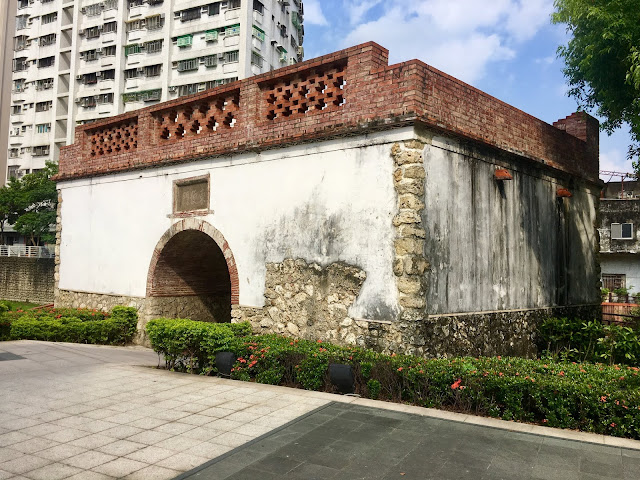


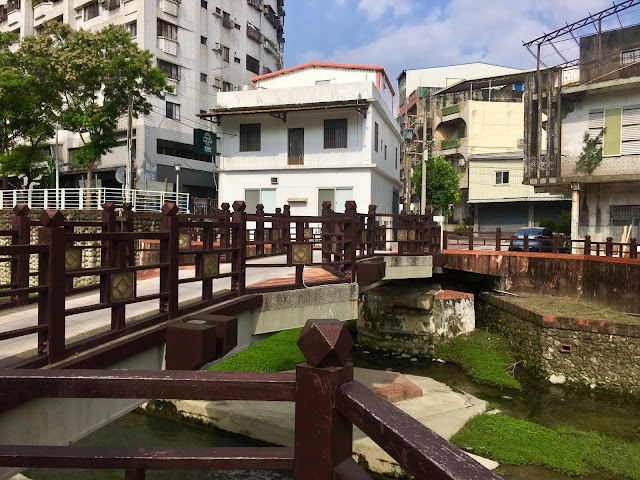


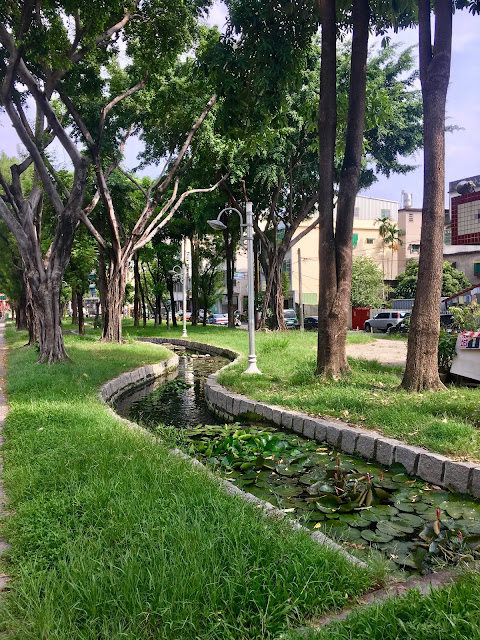





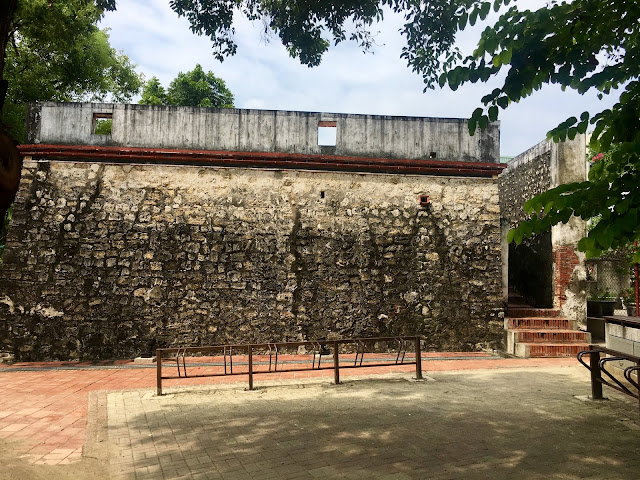



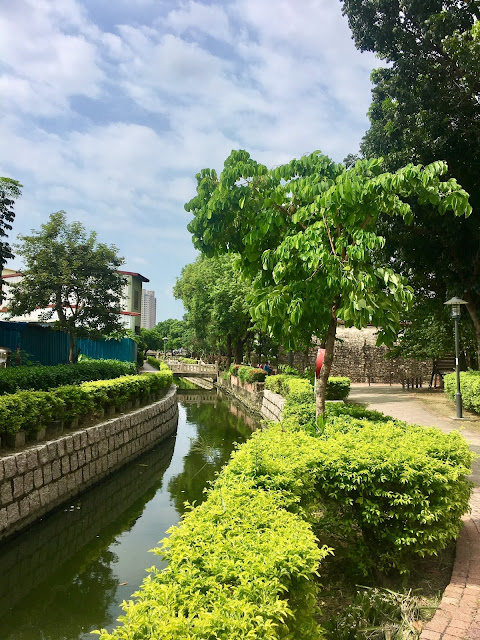







0 komentarze:
Post a Comment